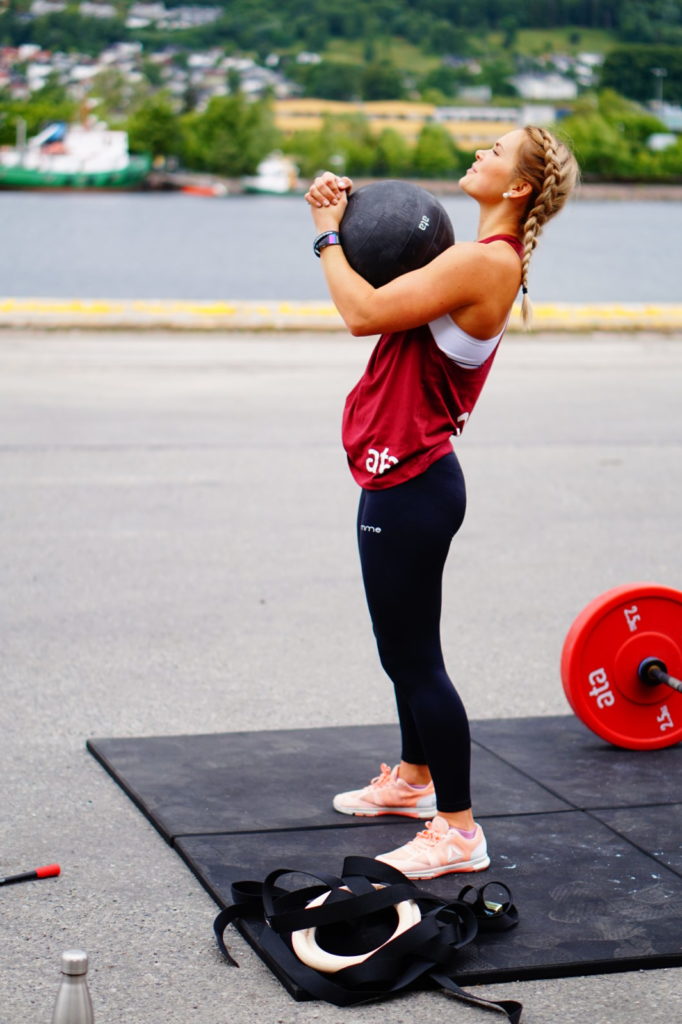It was six weeks from my first Half Ironmam event and training volume had peaked. As I barreled downhill toward the end of a long trail run, I felt a sharp pain on the outside of my knee. Not understanding what my body was telling me, I pushed on for a little longer, but the discomfort continued to worsen. I eventually limped home and promptly dialed a sports medicine clinic for an appointment.
Whether you’re a novice fitness enthusiast looking to get into better shape or a seasoned endurance athlete, an overuse injury is always a risk. Aside from the pain, these injuries put us on the sideline where hard fought fitness gains quickly dwindle.
Overuse injuries include any type of joint or muscle injury stemming from repetitive trauma. These can include complicated conditions such as stress fractures and tendonitis.
Let’s look at three major causes of overuse injuries:
- Training Errors. The injury I sustained during that run up to the Half Ironman event was IT Band Syndrome and it took 6 weeks of therapy to resolve. The cause was from both a lack of stretching/flexibility and the combination of intensive leg strength training during weeks of high mileage running and cycling. My leg muscles were tight, overworked, and perpetually unrecovered.
It is so important to utilize a training program that correctly prescribes technique, the volume of work, intensity of the workouts, and proper recovery. Get direction from an expert. I hired a coach after my IT Band injury and religiously followed his plan for seven months as I trained for my Ironman event in Brazil. I didn’t get sick (a common indicator of overtraining) or sustain an injury during this period of training, which included 20 hour training weeks for a sustained period. - Muscle Imbalance. The musculoskeletal system is designed to move through multiple planes of motion. Yet, many common exercises are linear and move the body in a single plane of motion – backward or forward – such as jogging and cycling. Endurance athletes commonly develop muscle imbalances to due the linear nature of their movements, however, anyone can develop muscle imbalance without proper training. Functional fitness movements are excellent for creating a resilient body and balanced muscular structure. If you haven’t already, try a strength and conditioning program that includes a variety of functional movements.
- Poor Core Stability. No, abs don’t make up your entire core and strong abs alone do not create core stability. The core system of muscles includes the gluteal muscles (in the rear and hips), obliques (at the sides of the abs) traps and lats (in the upper and middle back), and the multifidus and erector spinae muscles (around your spine). All these muscles, when properly conditioned, create the kind of core stability needed for optimal performance and to avoid injury. Crunches alone just won’t do it.

Two Great Ways to Avoid Overuse Injuries
From my experience as a collegiate football player and Ironman triathlete, I can say with confidence that almost all overuse injuries are totally avoidable. Two of the best ways I’ve found to stay healthy, no matter what kind of training regimen undertaken, are as follows:
Gradually increase your volume and intensity. The 10% rule, a well known principle used in the running community, works well for endurance gains. It prescribes runners increase total weekly running volume (mileage) by no more than 10% each week. This allows for physical adaptations and prevents going too long, too soon, which often results in injury.
Strength gains typically come in 5-10 pound increments. If you’re being able to perform one or more additional reps at a weight used in a prior workout, then you’re ready to increase the weight for that particular lift. For example, you bench press 135 pounds x 8 reps in one workout, and in the following session you’re able to press that amount 9 or more times, then you’re ready to increase the weight by 5-10 pounds for your 8 rep maximum.
Cross Train. Vary intensity and types of exercise. This approach allows the body to actively recover by not overloading specific muscles and joints continuously. If you lift weights regularly, try taking a Yoga class during the week. If you run all the time, try swimming and cycling to enhance your endurance and cardiovascular health. Introduce new fitness modalities to your weekly regimen and you’ll enjoy the benefits as your body recovers more optimally between workouts.
Resources:
Seven Cross Training Tips for Runners
Five Best Cross-Training Workouts To Amplify your Athletic Training
Love to hear any questions or comments you may have!
Photo by Matthew LeJuneon on Unsplash

